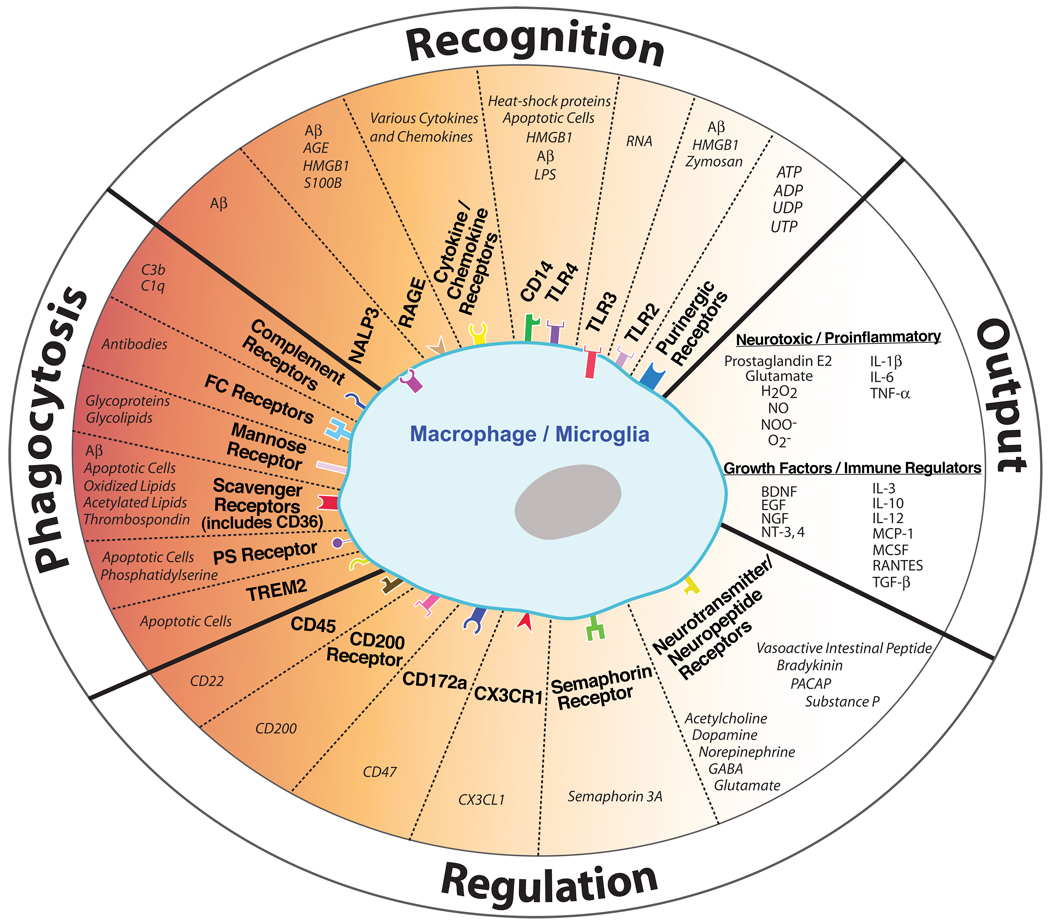Figure 1. Regulation of microglia/macrophages in the CNS.
Microglia/macrophages are activated following the stimulation of various recognition or phagocytic receptors. This activation state is subsequently controlled by neurons, which secrete or express numerous regulatory ligands. The end result of these interactions is the release of cytokines, neurotoxic substrates, and/or growth factors by microglia/macrophages, or the activation of cellular pathways including phagocytosis. Aberrant function of these pathways can result in significant degeneration during aging or disease. For an extensive review of cytokines and chemokines recognized by microglia, refer to (Hanisch, 2002). Aβ, amyloid-β; ADP/ATP, adenosine di/triphosphate; AGE, advanced glycation end product; BDNF, brain-derived neurotrophic factor; EGF, epidermal growth factor; GABA, gamma-aminobutyric acid; H2O2, hydrogen peroxide; HMGB1, High-mobility group box 1; IL-1β, interleukin 1β; LPS, lipopolysaccharide; MCP-1, monocyte chemotactic protein-1; MCSF, macrophage colony-stimulating factor; NGF, nerve growth factor; NO, nitric oxide; NOO−, peroxynitrite; NT-3,4, neurotrophin-3,4; O2−, superoxide; PACAP, pituitary adenylate cyclase-activating peptide; PS, phosphatidylserine; RAGE, receptor for advanced glycation end products; RANTES, regulated upon activation, normal T cell expressed and secreted; TGF-β, transforming growth factor-β; TLR, toll-like receptor; TNFα, tumour necrosis factor-α; TREM2, triggering receptor expressed by myeloid cells-2; UDP/UTP, uridine di/triphosphate. Receptors displayed inside the cell represent intracellular receptors. Different receptor shapes are not meant to represent actual receptor structures.

